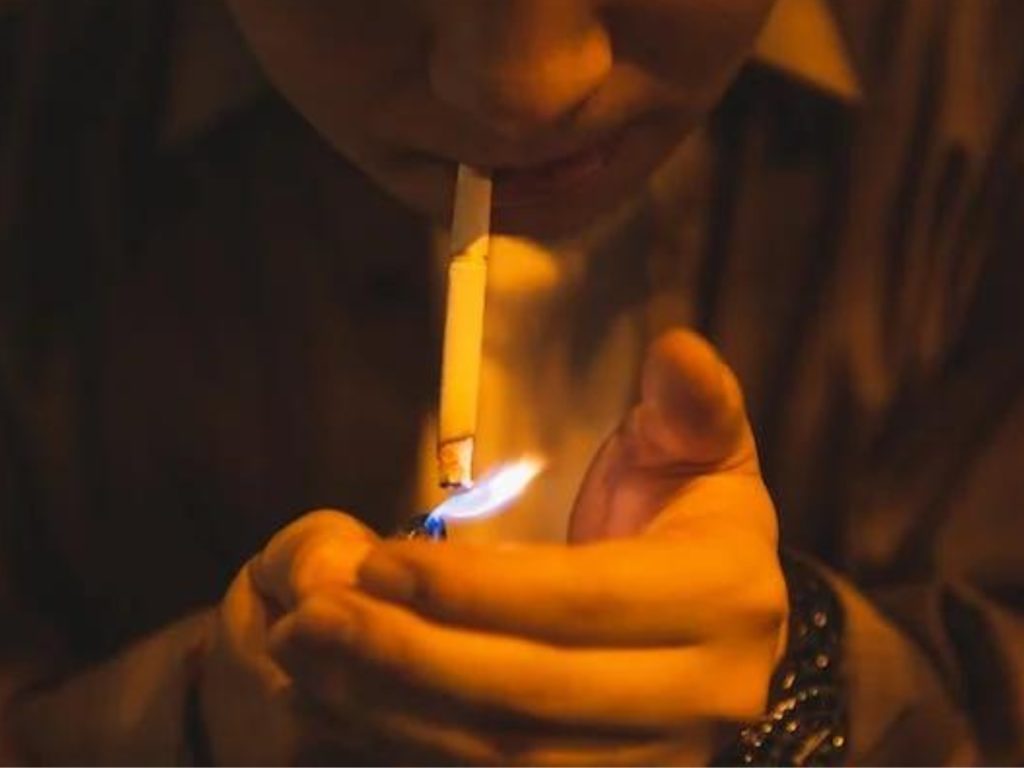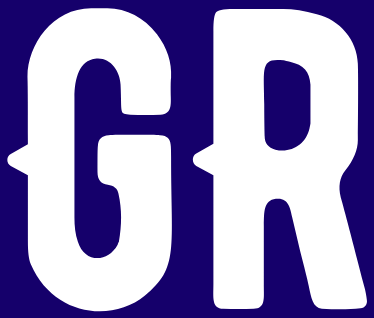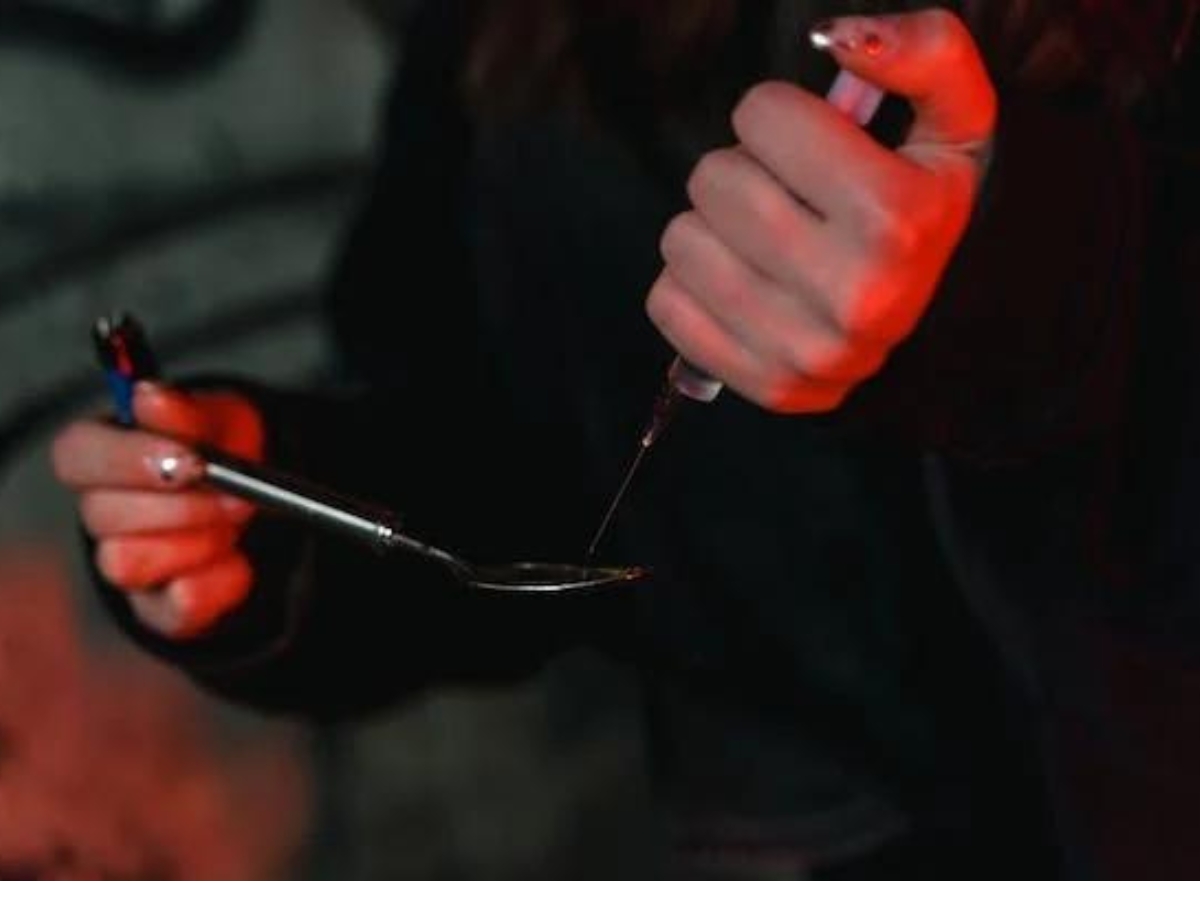Illicit drugs in our society are viewed with a criminal perception. They are often considered a ‘dangerous arena’ where crime is bound to happen. However, the availability of these drugs in the market has more to do with drug policy and efficiency. But how exactly does drug policy affect the crime rate?
WAR ON DRUGS
President Richard Nixon labelled drugs as ‘public enemy number one’ in 1971. The War on Drugs saw massive funding by the US government for drug control. Nixon also introduced what was known as a minimum sentence for convicts. President Reagan, during his term, expanded the war and introduced a zero-tolerance policy towards drug use. Between 1986 and 2006, the number of people convicted for drug abuse in the US rose by 1412 percent. FBI’S drug expenditure was increased to over ten times its initial funding. As of today, the US spends about 50 billion dollars annually on drug control measures. But how has the war on drugs affected crime rates across the country? One wonders if it has had any effects, given the massive supply of drugs on the streets of America.
HOW ARE DRUGS AND CRIMES RELATED?
To understand how drug policy has impacted crime rates, we first need to understand the relationship between drugs and crime rates.
Drug abuse and crime have a close relationship. Drugs are an addiction, and with addiction comes desperation. Drug abusers often commit crimes to buy more drugs or are under the influence while committing crimes. Drug suppliers often form cartels, which constantly compete with each other and threaten the harmony of their neighboring localities.
According to a report, 70 percent of men in prison in the United States are drug abusers. There is also a direct link between drug abuse and aggressive crimes. Not only that, but statistics on drug abuse are also affected by factors such as demography, type of drug, gender, age, etc. According to research conducted in Zehadan Central Prison, 63.7 percent of drug-related crimes were under the influence of crack, whereas 21.6% of murders were under the influence of opium.
There is a direct link between drugs and drug-related crimes, as addicts often give in to their desperation to acquire drugs. As a result, delinquent crimes and their intensity levels increase. Moreover, most addicts do not have a job or a constant source of income. If they do, their productivity levels go down significantly, which causes them to lose their jobs. No money in hand to buy drugs leads to addicts taking to illegal methods like- robbery, smuggling, joining cartels, prostitution, etc.
Drugs’ effects on an economy and its people are stark. Drug abuse directly contributes to unemployment and poverty, and addicts are stuck in this vicious cycle.

HOW EFFECTIVE HAS THE WAR ON DRUGS BEEN?
President Nixon declared an all-out offensive against drug use. But has the policy acquired its objective, or what is the criticism of the drug policies? With the war on drugs having crossed the 50-year mark, questions of its consequences and efficiency are being questioned by various sectors of society.
Well, the very first effective drug policy has had on the minority. The war on drugs has often been criticized for disproportionately targeting African- Americans and locking them up.
In Searching for Alternatives: Drug – Control Policy in the United States, Milton Friedman described it as the ‘ war we are losing’ given the increased homicide rates in the nation. He also describes it as the ‘biggest disgrace’ for the nation. Friedman aims to draw attention to the increased numbers of prisoners in the United States prison and homicide rates while opposing prohibition on drugs and labeling it as a direct cause of increased homicide rates.
In “Collateral Damage and the War on Drugs: Estimating the Effects of Zero Tolerance
Policies on Drug Arrest Rates, 1975-2002”, the authors point out the high rates of crime, incarceration, and drug abuse in the United States. These authors aimed to assess if drug-related arrests decreased drug abuse or crime rates. According to their findings, Habitual and repeat drug offenders laws seem to have little impact on drug arrest rates. At the same time, ceteris paribus, sentencing enhancements reduce drug arrests by 45%. Therefore, it is highly debatable whether policies from the War on Drugs genuinely achieve the goal they were made for reducing drug abuse.
.
According to studies, sentencing and incarceration effects on drug abuse and crime rate differ from state to state. However, there is no clear answer as to why drug laws have a positive effect in one state and a negative effect in the other.
“Homicide Rates and Substance Control Policy,” written by Kirby Cundiff as a working paper for the Independent Institute, talks of the rising prices of prohibited drugs and alcohol and the creation of violent black markets. Cundiff concludes that the most significant cause of violent crimes in the states is the drug prohibition law, which leads to the creation of violent black markets.
The war on drugs is also criticized for its ‘crowding-out’ effect, which states that individuals who commit other, more severe sorts of crime, such as violent crime, are outnumbered in prison by drug criminals. Thus, leading to an increased crime rate of other vital crimes. According to a study by Saadatmand, Toma, and Choquette, the laws on the drug have been responsible for increased crime rates in the US between 1970 and 2009. Major Franklin, a veteran of the Baltimore City Police and the Maryland State Police who oversaw drug task forces for years, thinks that addressing drug use should be the responsibility of therapists and doctors rather than law enforcement and prison staff.
The most significant criticism here seems to be of the criminal justice model, which failed to address ‘the why’ of addiction. Instead of addressing the cause- unemployment, the need for jobs, education facilities, housing, and factors that spur addiction, the government sought to impose strict restrictions and lengthy prison sentences.
One can’t argue that the drug war has played a significant role in creating awareness of the ill effects of drugs. Still, its efficacy is a topic of debate. With the repeal of some of the drug laws and the legalization of marijuana, the states are moving towards a new approach to public policy and public health. Whether the ramifications will be good or bad, only time can tell.

